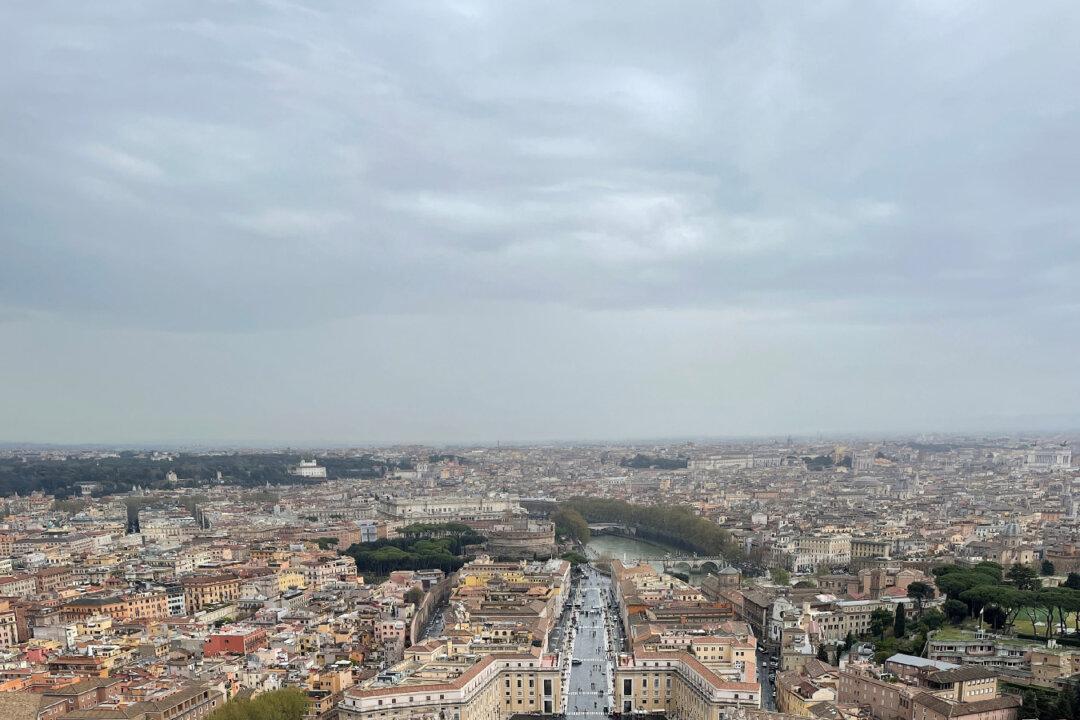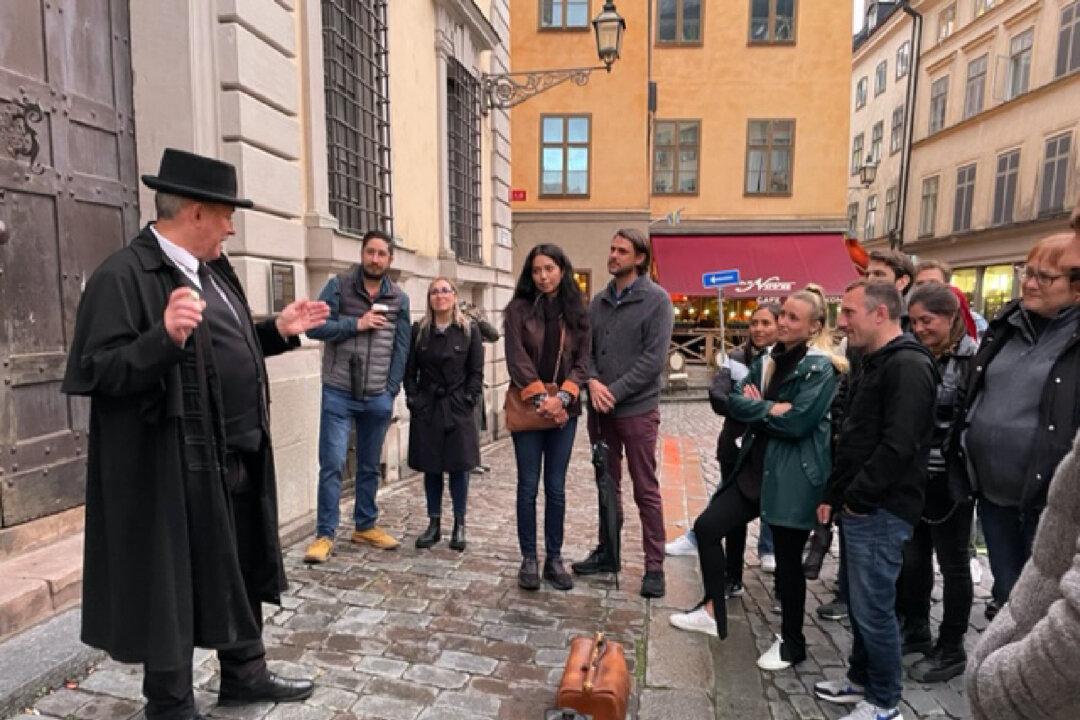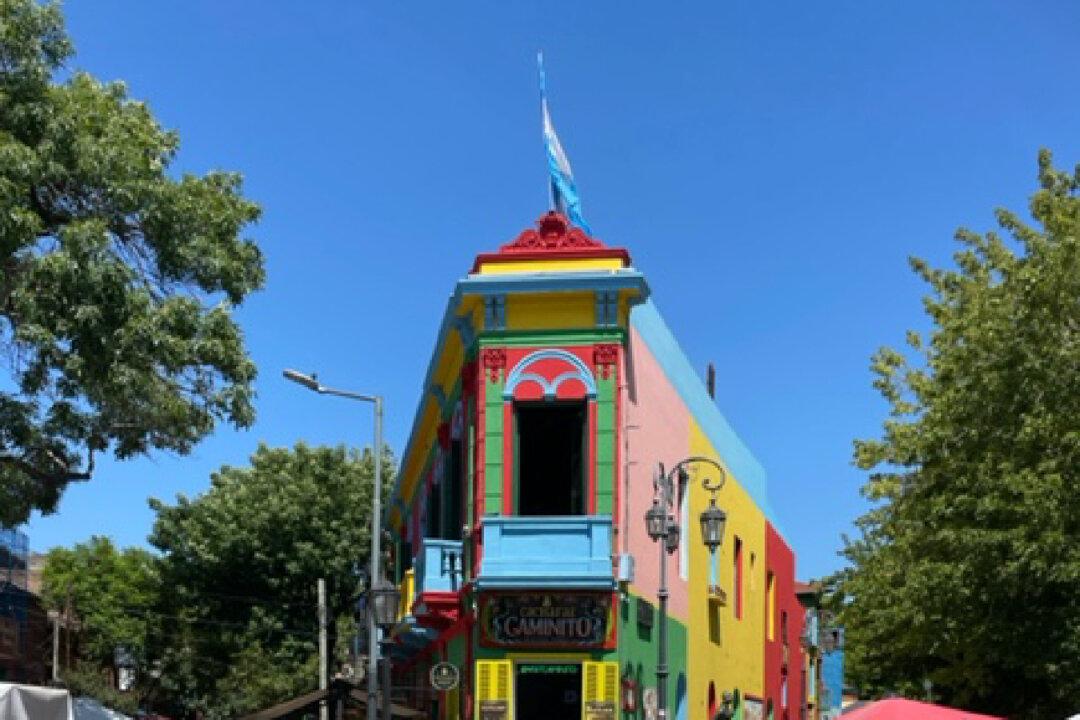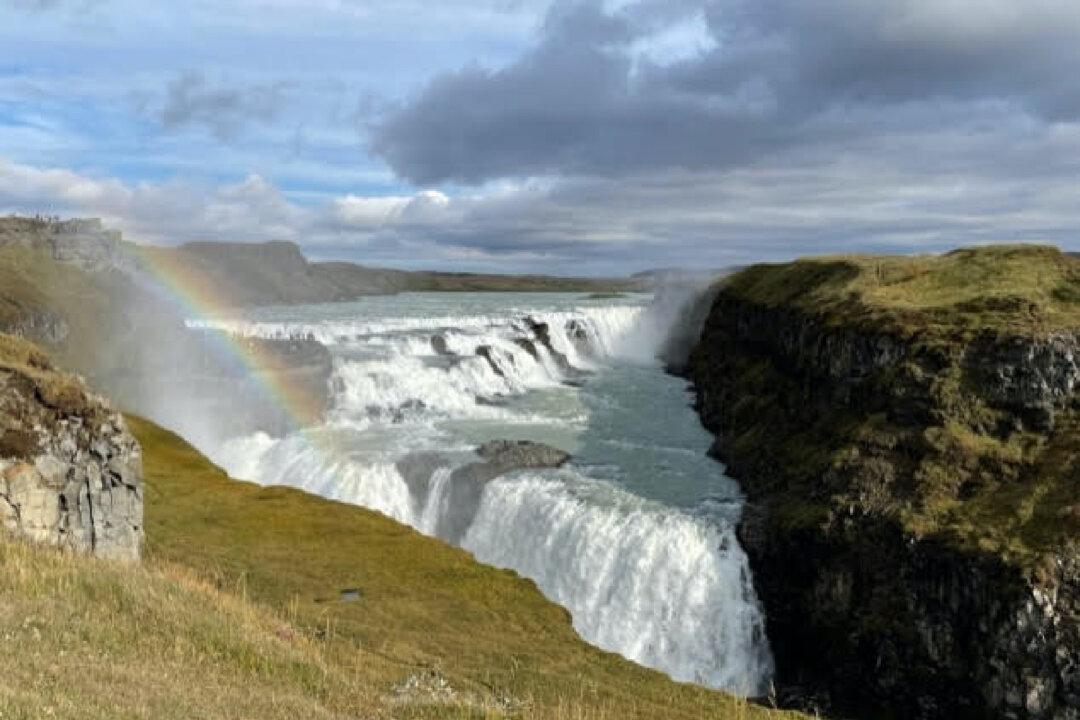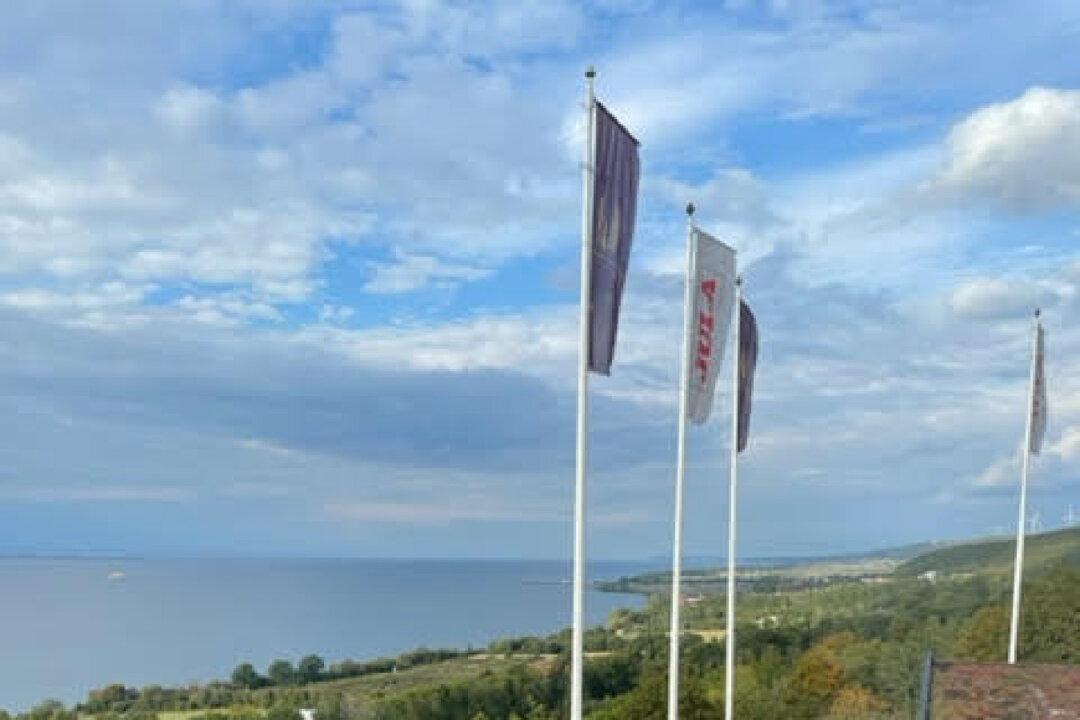Crack! went the gavel as the auctioneer announced I had won the five-day trip to Rome for an audience with the pope and a tour of the Vatican -- completely by accident. Having always dreamed of a trip to Italy, I'd raised my hand for an opening bid far outside my budget, certain that one of the 200 Catholic philanthropists around me at the church event would increase it, but I was wrong. This trip was going to be mine. With a gulp I began to smile: Hey, I was finally going to Rome! It took a little convincing to get my husband on board, but he was willing to see this adventure through with me, so off we went.
Like most travelers in the recent past, we ran into some delays and snags courtesy of COVID-19. One of those was that I had to find my own tickets for the papal audience. After trying without success through the Vatican directly, I found the Bishops’ Office for United States Visitors to the Vatican and was able to secure tickets with them. The catch was that we had to pick them up in person at 3 p.m. the day before the audience.

